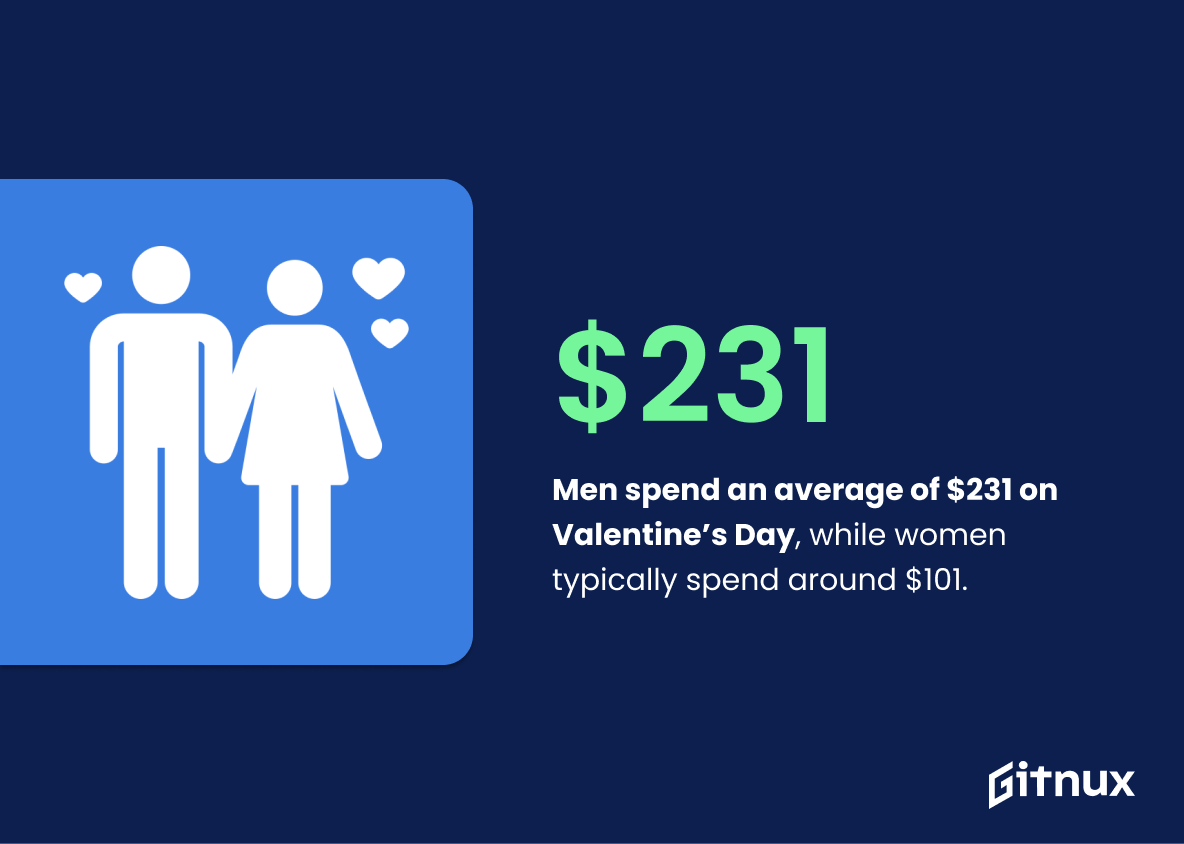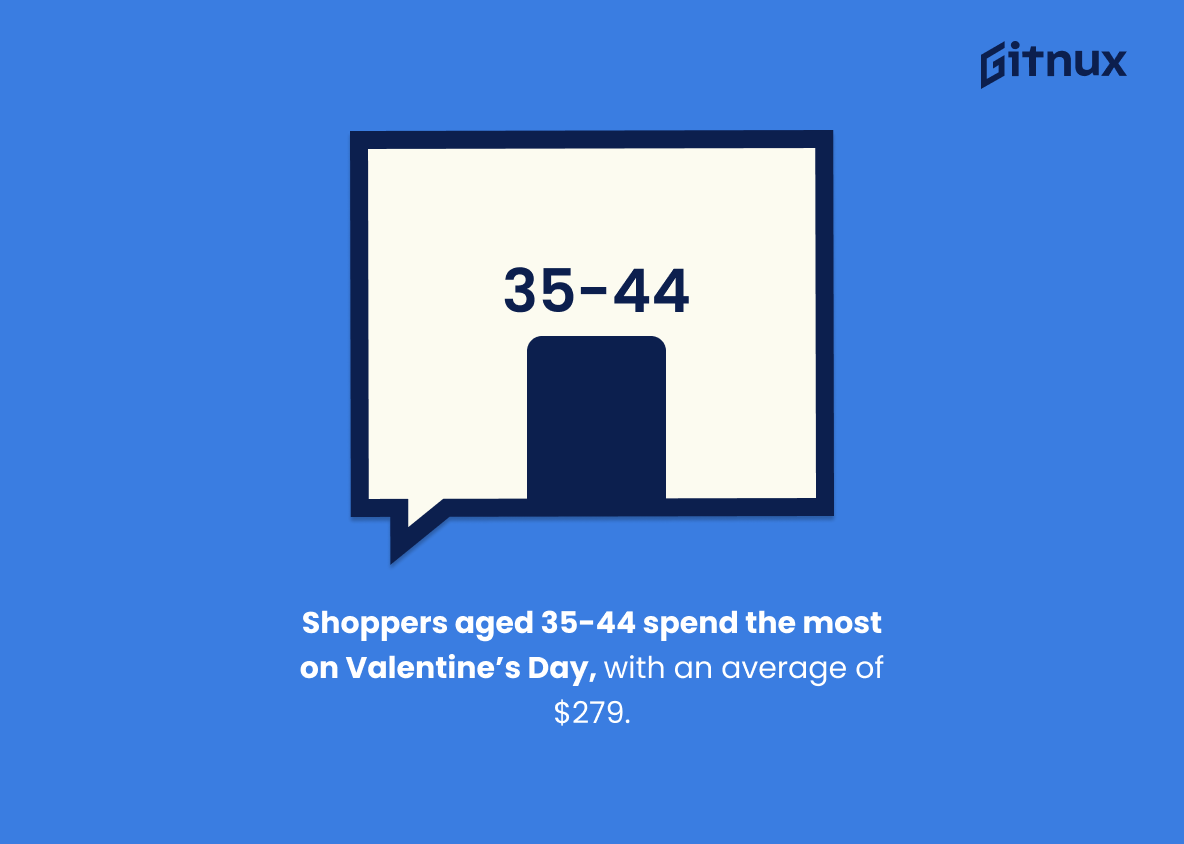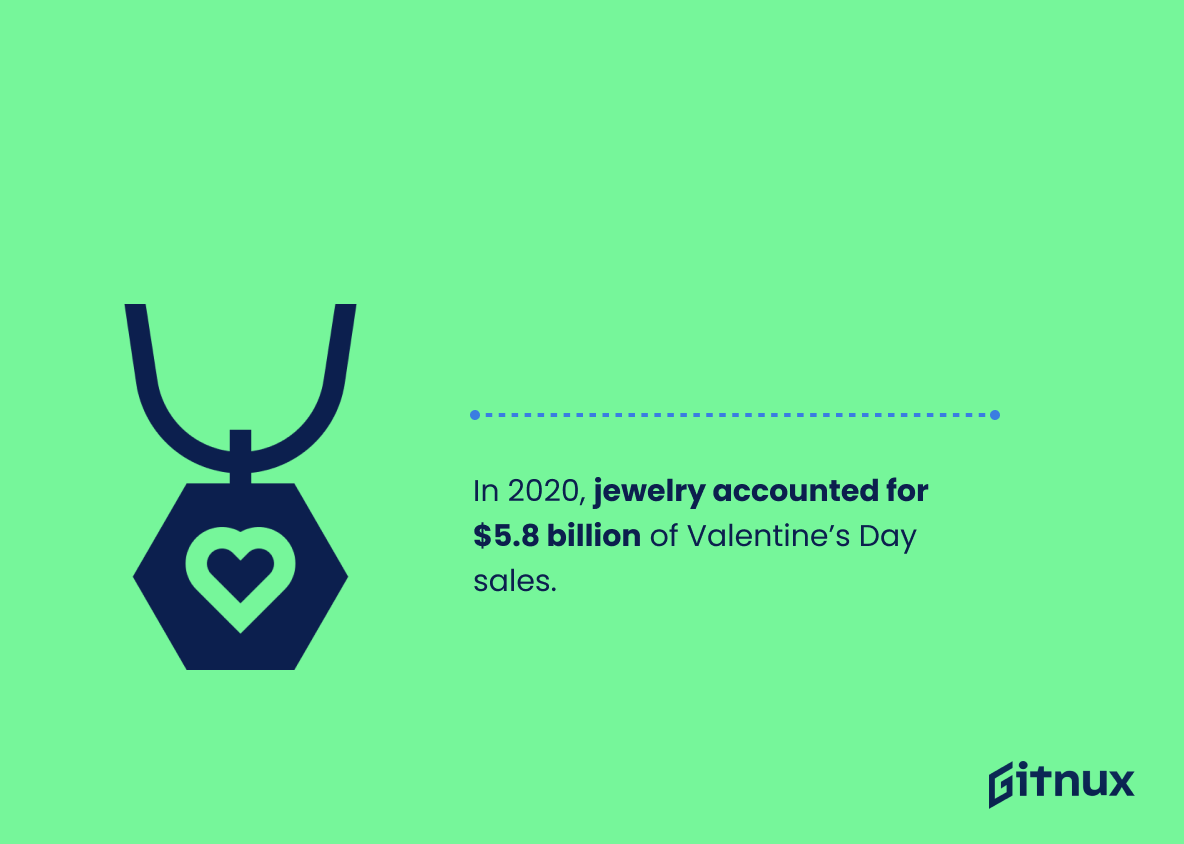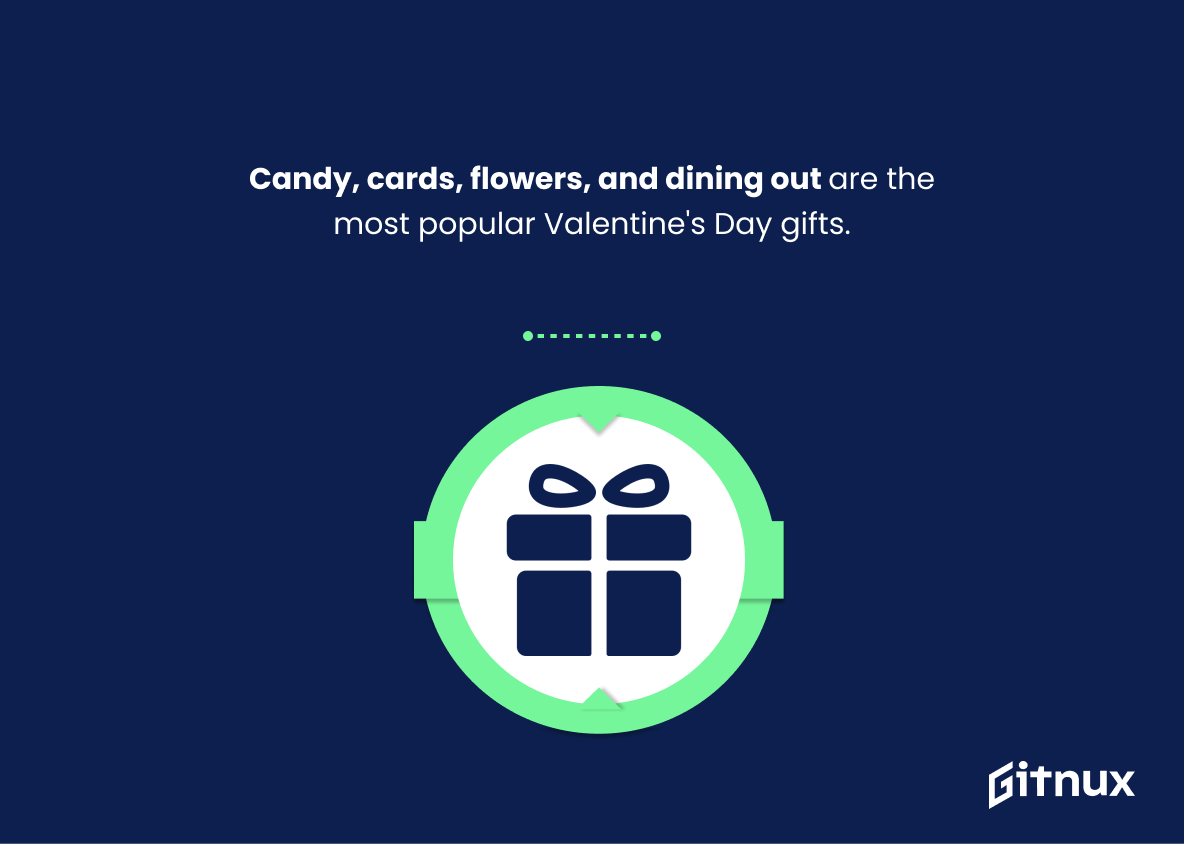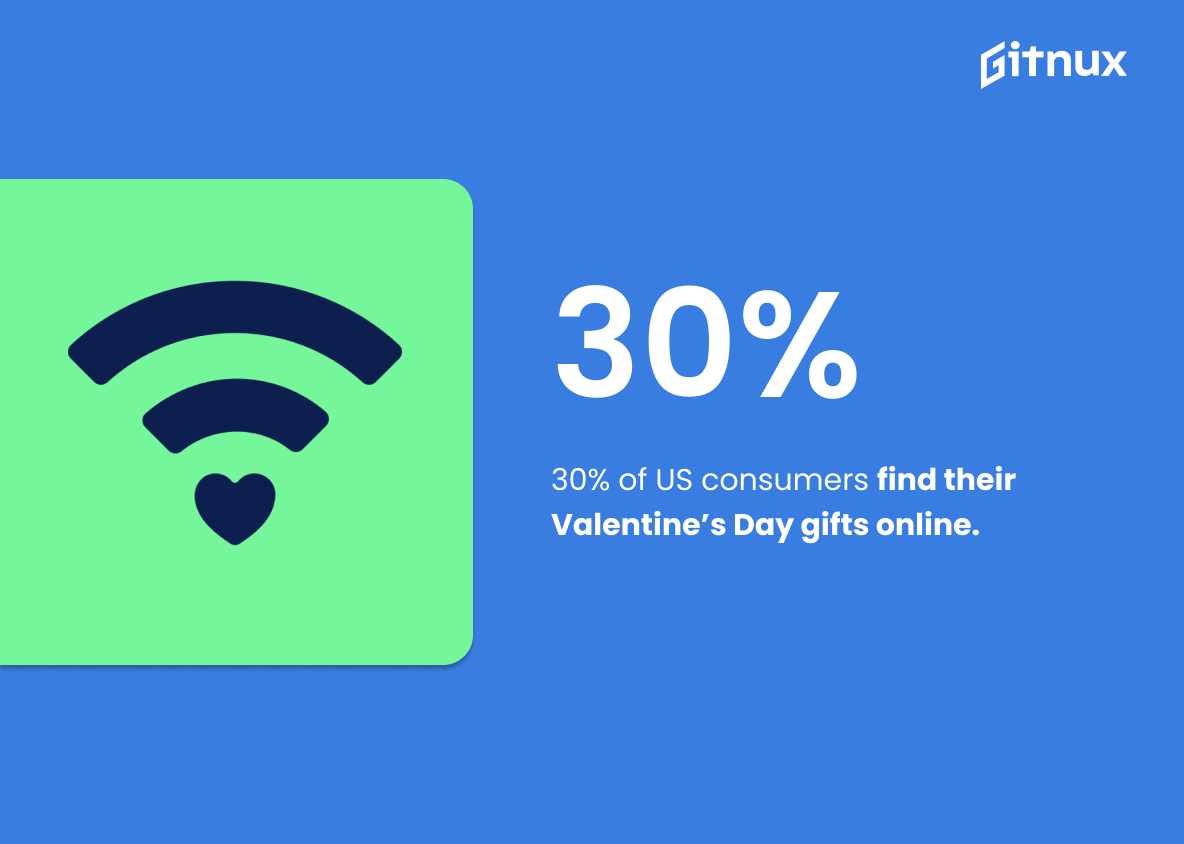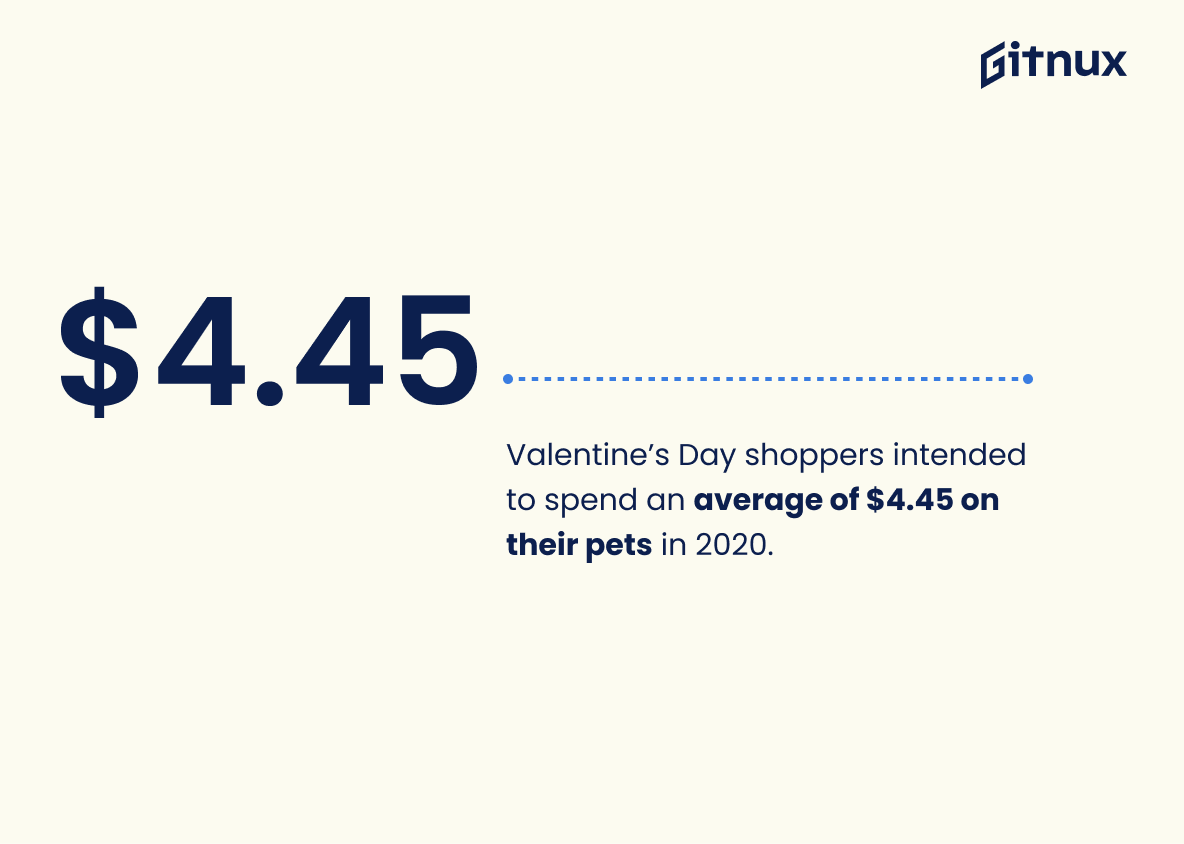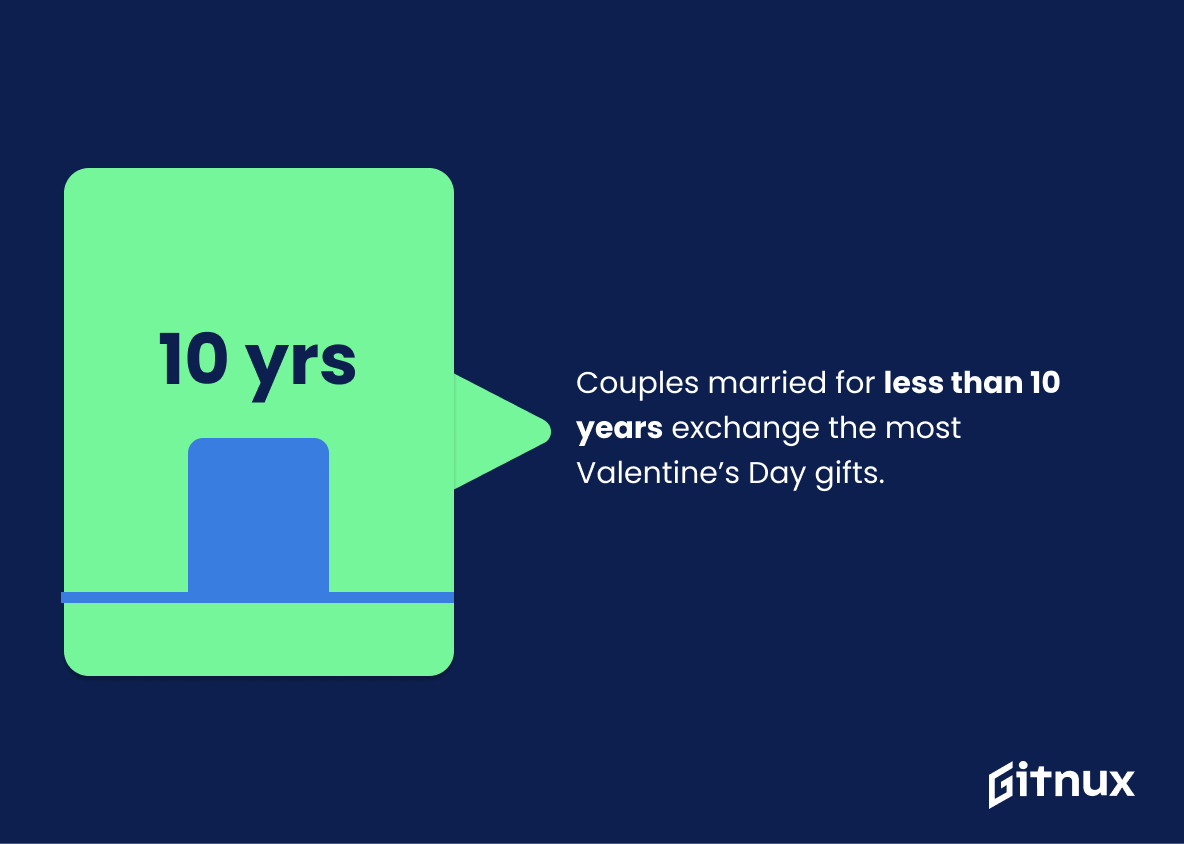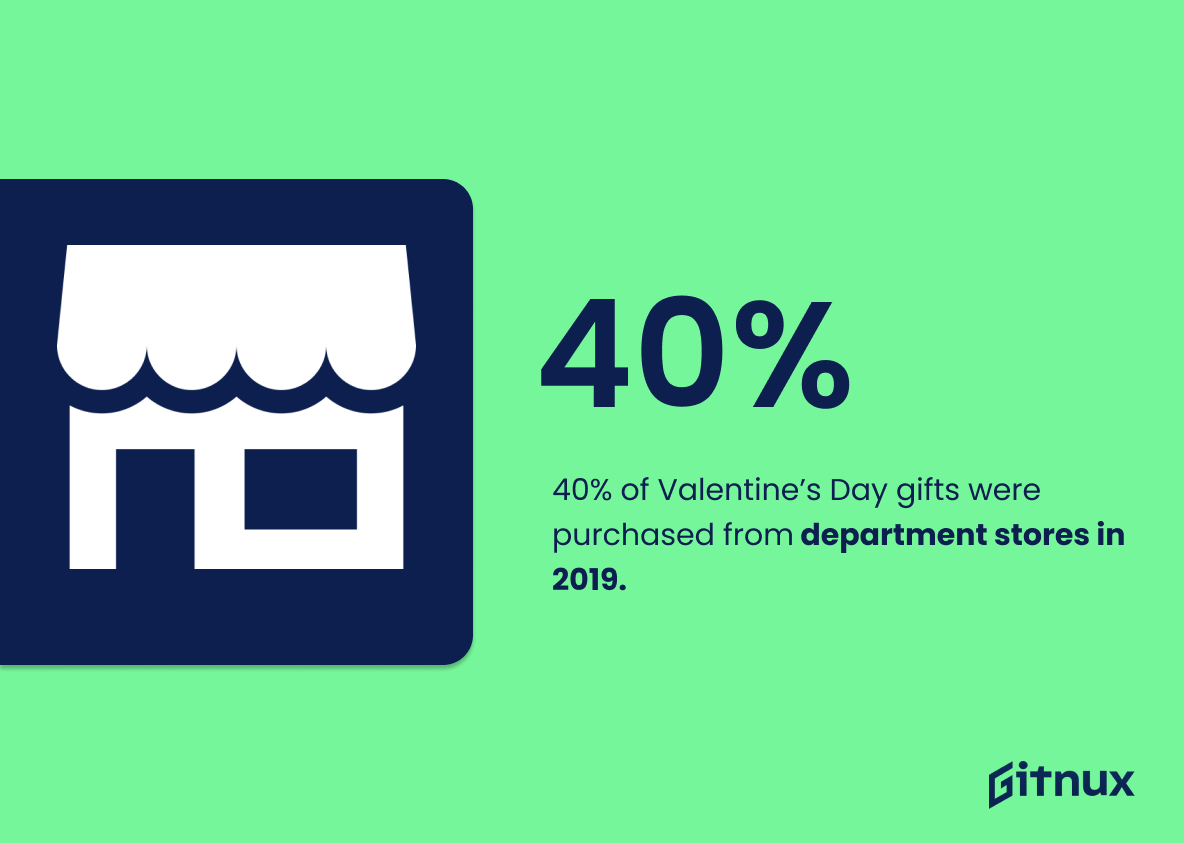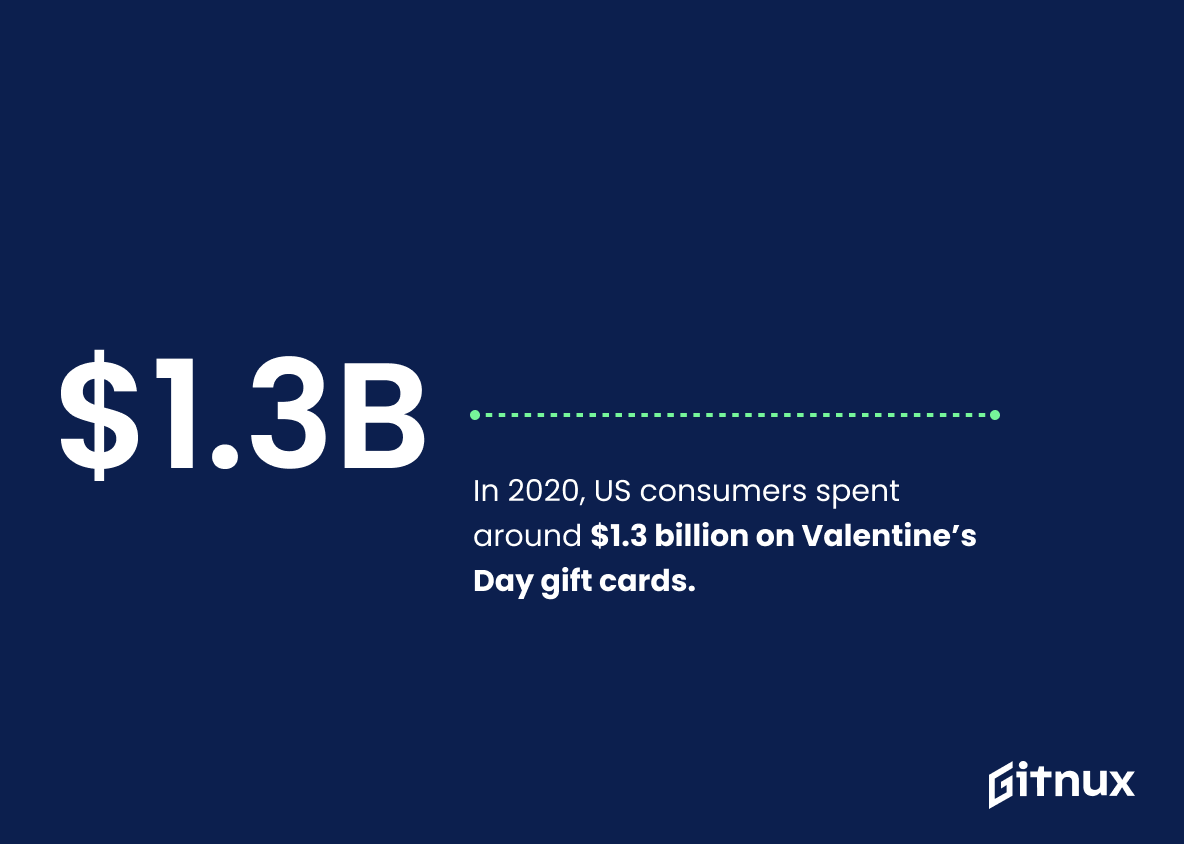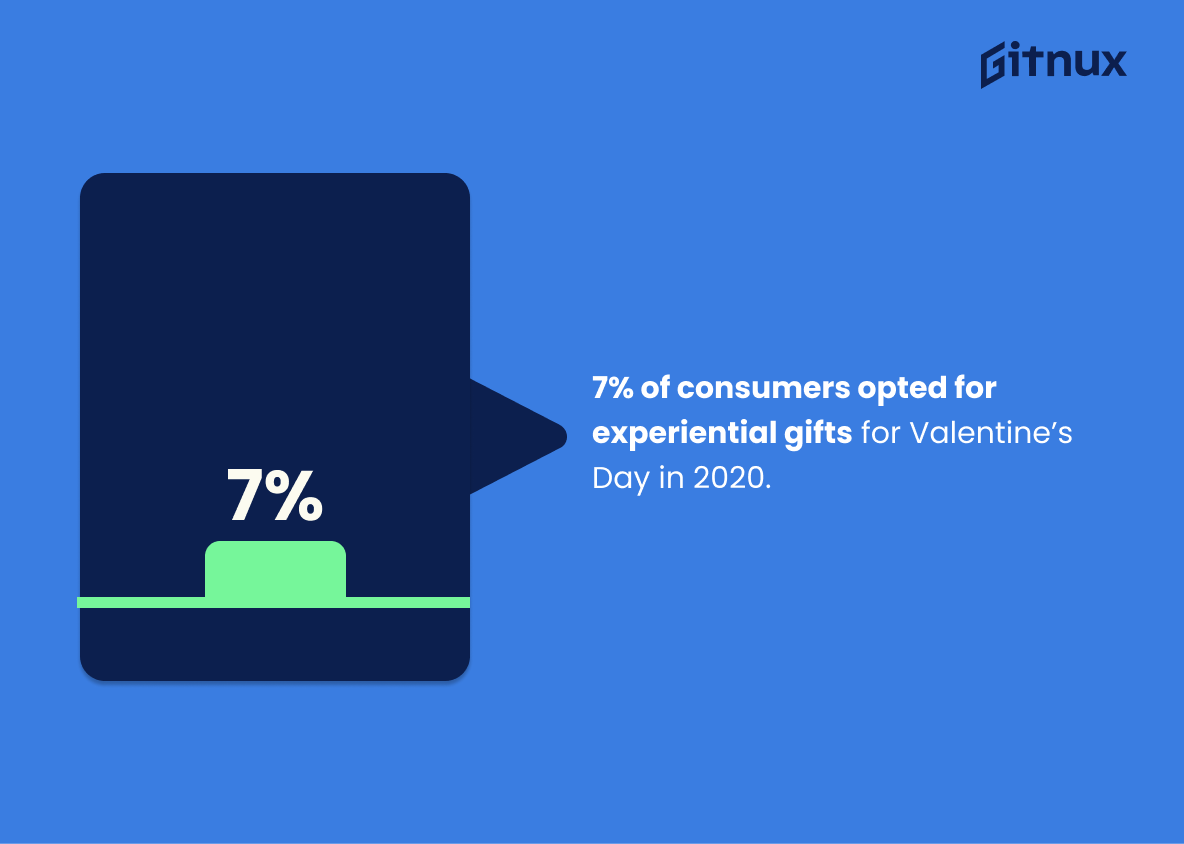Valentine’s Day is a special day for many people around the world. It’s an opportunity to show love and appreciation to those we care about, as well as an occasion for retailers to capitalize on increased spending. According to statistics from the National Retail Federation (NRF), approximately 55% of Americans celebrate Valentine’s Day, contributing to an estimated $21.8 billion in sales each year. In 2020 alone, shoppers spent an average of $164.76 on gifts such as jewelry ($5.8 billion), flowers ($2.3 billion) and candy ($2 billion). Men typically spend more than women – averaging at $231 compared with just over $100 – while consumers aged 35-44 are most likely to splurge with their wallets, shelling out nearly three times that amount at around $279 per person. Additionally, online shopping has become increasingly popular among Valentine’s Day customers; e-commerce sales rose by 30%, reaching a total of almost 5$3billion in 2020 alone. With so much money being spent every year on this romantic holiday it pays off for businesses big and small alike – making these stats worth paying attention too.
Valentine Day Sales Statistics Overview
Men spend an average of $231 on Valentine’s Day, while women typically spend around $101.
This statistic is a telling indication of the difference in spending habits between men and women on Valentine’s Day. It highlights the fact that men are more likely to splurge on their significant other, while women tend to be more conservative with their spending. This information can be used to inform businesses of the potential for increased sales on Valentine’s Day, as well as the types of products and services that may be more popular with each gender.
Shoppers aged 35-44 spend the most on Valentine’s Day, with an average of $279.
This statistic is significant in the context of Valentine’s Day Sales Statistics as it highlights the importance of targeting shoppers aged 35-44 when marketing Valentine’s Day products. This age group is likely to be more willing to spend money on gifts for their loved ones, making them a key demographic for businesses to focus on.
In 2020, jewelry accounted for $5.8 billion of Valentine’s Day sales.
This statistic is a shining example of the immense impact Valentine’s Day has on the jewelry industry. It demonstrates the immense potential for businesses to capitalize on the holiday and the importance of understanding the trends and consumer behavior associated with it.
$2 billion was spent on Valentine’s Day candy in 2020.
This statistic is a testament to the immense popularity of Valentine’s Day candy. It shows that despite the pandemic, people still found ways to celebrate the holiday and express their love through the purchase of candy. This statistic is a powerful reminder of the enduring power of love and the importance of celebrating it.
The most popular Valentine’s Day gift categories are: candy (52%), greeting cards (44%), flowers (35%), and an evening out (34%).
This statistic is a valuable insight into the Valentine’s Day market, providing a clear picture of what consumers are most likely to purchase for their loved ones. Knowing the most popular gift categories can help businesses plan their Valentine’s Day sales and promotions accordingly, ensuring they are offering the items that customers are most likely to buy.
30% of US consumers find their Valentine’s Day gifts online.
This statistic is indicative of the growing trend of online shopping for Valentine’s Day gifts, demonstrating the importance of digital marketing and e-commerce strategies for businesses looking to capitalize on the holiday. It also suggests that businesses should focus on providing an online shopping experience that is convenient and secure in order to capture the attention of potential customers.
32% of Valentine’s Day purchases are made at discount stores.
This statistic is indicative of the fact that Valentine’s Day shoppers are looking for ways to save money on their purchases. It shows that even on a day that is traditionally associated with spending, people are still looking for ways to get the most bang for their buck. This could be a great opportunity for discount stores to capitalize on the holiday and offer special deals and promotions to attract more customers.
Valentine’s Day shoppers intended to spend an average of $4.45 on their pets in 2020.
This statistic is indicative of the growing trend of pet owners treating their furry friends to special gifts on Valentine’s Day. It shows that people are increasingly recognizing the importance of their pets in their lives and are willing to spend money to show them love and appreciation. This statistic is an important part of understanding the overall Valentine’s Day sales landscape and can help businesses better understand the needs of their customers.
Couples married for less than 10 years exchange the most Valentine’s Day gifts.
This statistic is a telling indication of the importance of Valentine’s Day for couples who have been married for less than 10 years. It suggests that these couples are particularly eager to express their love and appreciation for one another on this special day, and are willing to invest in gifts to do so. This is an important insight for businesses looking to capitalize on Valentine’s Day sales, as it suggests that couples married for less than 10 years are likely to be a key target demographic.
2020 online Valentine’s Day sales were expected to total $5.3 billion.
This statistic is a testament to the power of love, as it shows that even in the midst of a global pandemic, people are still willing to spend money to show their affection for their loved ones. It also speaks to the resilience of the retail industry, which has been able to adapt to the changing landscape and still provide a way for people to express their love.
40% of Valentine’s Day gifts were purchased from department stores in 2019.
This statistic is significant in the context of Valentine’s Day Sales Statistics because it demonstrates the prevalence of department stores as a source for Valentine’s Day gifts. It shows that a large portion of shoppers are turning to department stores to purchase gifts for their loved ones, indicating that department stores are a popular choice for Valentine’s Day gifts.
In 2020, 36% of Valentine’s Day gifts were purchased at specialty stores.
This statistic is indicative of the fact that specialty stores are still a popular choice for Valentine’s Day gifts, despite the rise of online shopping. It shows that people are still willing to go out of their way to find the perfect gift for their loved ones, and that specialty stores are still a viable option for those looking to make a special purchase. This is an important point to consider when discussing Valentine’s Day sales statistics, as it demonstrates the continued relevance of specialty stores in the holiday shopping season.
In 2020, US consumers spent around $1.3 billion on Valentine’s Day gift cards.
The staggering amount of $1.3 billion spent on Valentine’s Day gift cards in 2020 is a testament to the immense popularity of the holiday. It’s clear that Valentine’s Day is a major event for consumers, and businesses should take note of this statistic when planning their sales strategies for the holiday.
7% of consumers opted for experiential gifts for Valentine’s Day in 2020.
This statistic is a telling indication of the growing trend of consumers opting for experiential gifts for Valentine’s Day. It shows that people are increasingly looking for unique and memorable experiences to share with their loved ones, rather than traditional gifts. This is an important insight for businesses to consider when planning their Valentine’s Day sales strategies.
Conclusion
Valentine’s Day is a popular holiday for many Americans, with an estimated $21.8 billion in sales each year. On average, shoppers spent around $164.76 on Valentine’s Day gifts in 2020 and men typically spend more than women ($231 vs $101). Jewelry was the most popular gift category at nearly 6 billion dollars while flowers accounted for 2.3 billion dollars of total spending that same year. Additionally, consumers purchased greeting cards (44%), candy (52%) and evening out experiences (34%). Online shopping also saw a 30% increase from 2019 to 2020 as people opted to purchase their gifts online instead of going into stores or malls due to the pandemic restrictions put in place last year. With so much money being spent on this special day it’s clear that Valentine’s Day remains one of America’s favorite holidays.
References
0. – https://www.nrf.com
1. – https://www.candyusa.com
2. – https://www.finder.com
3. – https://www.holidays.net
4. – https://www.thebalance.com
5. – https://www.statista.com
6. – https://www.marketwatch.com
7. – https://www.fool.com
